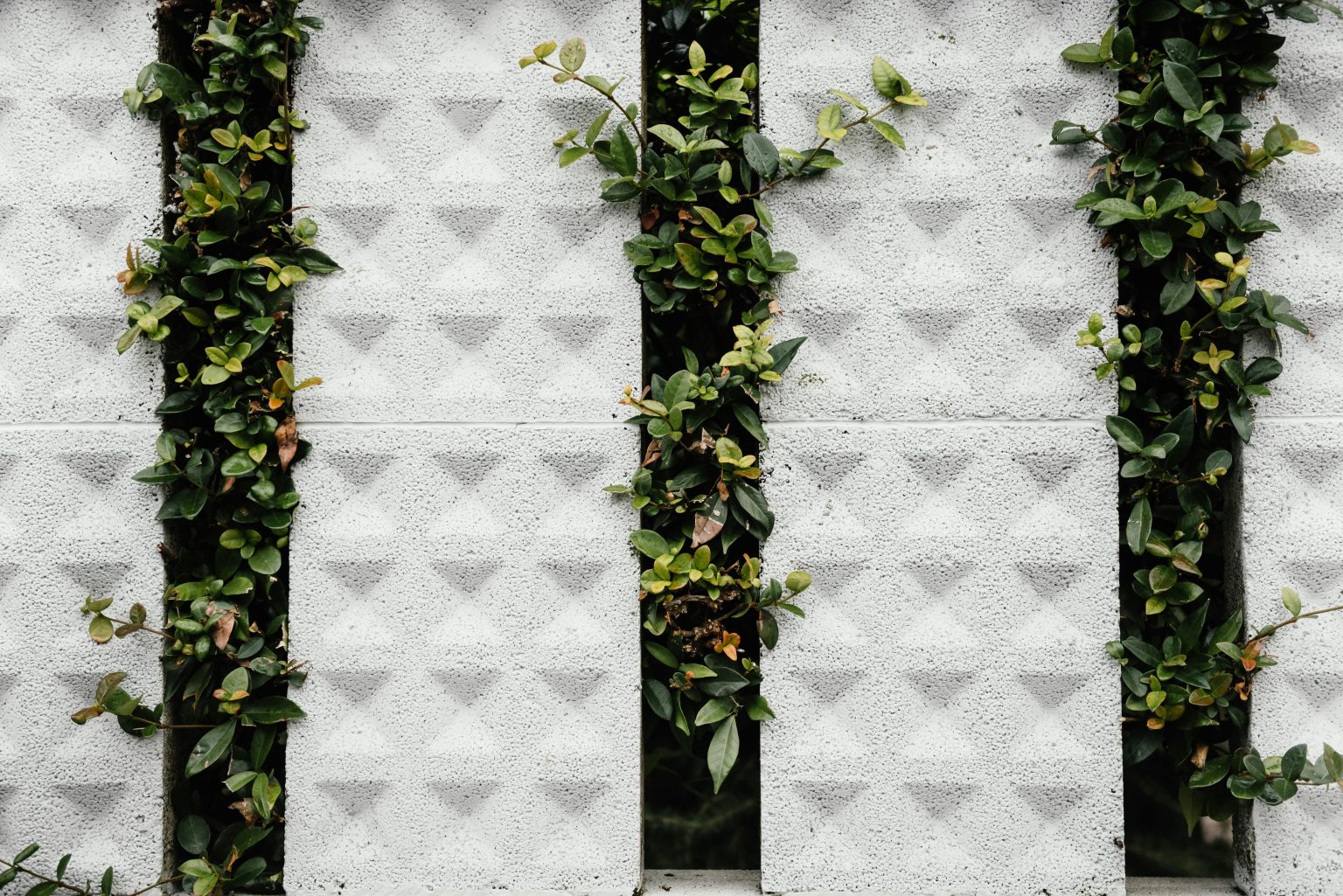Concrete effect wall panels have a sleek, industrial feel that is unmistakably modern. Although they provide clean structure and urban edge, the wrong styling can make spaces feel unwelcoming. Striking the right balance means adding materials and colours which will soften their rigid aesthetic. With the correct combinations, what starts as a cool surface becomes a textured background with warmth and atmosphere.
Using Timber to Soften the Hardness
Few materials temper the coolness of concrete like natural wood. Timber furniture, ceiling beams, or open shelving provide an organic counterbalance to the stark surface of concrete effect wall panels. Choosing woods with visible grain — such as oak or walnut — adds movement and richness, creating an interplay that feels grounded rather than cold.
Layering Textiles for Depth
Softness is crucial when working with smooth or reflective surfaces. Woven rugs, upholstered seating, or draped throws add tactile diversity that changes the overall mood of a room. Linen curtains, knitted cushions, or boucle fabrics add both comfort and the lived-in charm that subtly diffuses the industrial undertone of concrete.
Enhancing Atmosphere Through Lighting
The way in which light interacts with wall panels can transform the space completely. Instead of using bright overheads, you should consider layered illumination. Table lamps, LED strips behind furniture, or low-hanging pendant lights provide soft shadows to accentuate the texture in concrete effect finishes. Choosing the warm white bulbs (approximately 2700K) brings in a golden colour that counteracts the natural grey of the panels.
Integrating Earthy Colours into the Palette
The tones surrounding concrete influence its character. When paired with cold neutrals or stark monochromes, concrete can feel detached. Instead, introducing muted terracottas, olive greens, rusts, or clay tones brings harmony. These colours, drawn from nature, help humanise the space and build visual warmth without sacrificing modernity.
Incorporating Natural Accents and Greenery
The tones around the concrete determine its character. Concrete can have a detached feel when matched with cold neutrals or stark monochromes. Rather, the introduction of muted terracottas, olive greens, rusts or clay tones creates harmony. These colours, taken from nature, help to humanise the space and create visual warmth without losing modernity.
Embracing Curved and Rounded Shapes
Sharp lines characterise industrial interiors, and the introduction of curves can recalibrate the energy in the room. Round tables, circular mirrors, arched doorways or soft-edged sofas create a good contrast with the linear rhythm of concrete finishes. These shapes break the visual rigidity and make the space more welcoming and fluid.
Choosing Accessories That Add Character
Concrete can appear impersonal without considered details. Well-placed accessories — a ceramic vase, vintage artwork, or aged metal fixtures — inject personality and story into the room. These objects offer familiarity and charm, encouraging interaction and softening any starkness.
Matching with Complementary Materials
Rather than fighting the industrial note, use concrete effect panels in conjunction with other materials that will support them. Brushed brass or antique gold accents do well to offer tasteful luxury. Leather details, especially when worn-in, provide warmth and depth. Glass and matte black hardware provide the contrast but are still cohesive.
Balance Makes Beauty
Concrete effect wall panels do not have to be harsh or austere. With careful layering of textures, tones, and shapes, these surfaces can be the foundation of a modern but welcoming home. Combining industrial coolness with warm materials, soft lighting, and natural elements, we get an environment that is stylish but also serene, which is proof that concrete can be just as cozy as it is modern.



